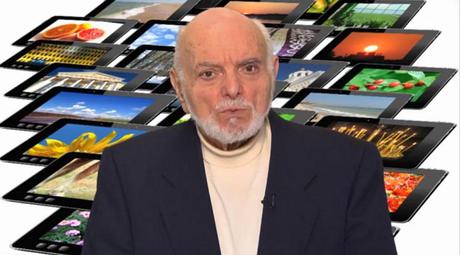Scientists warn of wireless and EMF dangers

On Monday, 11 May, 190 scientists from 39 nations submitted an appeal to the United Nations, UN member states and the World Health Organization (WHO) requesting they adopt more protective exposure guidelines for electromagnetic fields (EMF) and wireless technology in the face of increasing evidence of risk. They say these exposures are a rapidly growing form of environmental pollution worldwide.
The International EMF Scientist Appeal asks the Secretary General and UN affiliated bodies to encourage precautionary measures, to limit EMF exposures and to educate the public about health risks, particularly to children and pregnant women.
The scientists have collectively published over 2000 peer-reviewed papers on the biological or health effects of non-ionising radiation, part of the EMF spectrum that includes extremely low frequency fields used for electricity, or radiofrequency radiation used for wireless communications.
The appeal highlights WHO’s conflicting positions about EMF risk. WHO’s International Agency for Research on Cancer classified radiofrequency radiation as a Group 2B ‘Possible Carcinogen’ in 2011, and extremely low frequency fields in 2001.
Nonetheless, says the group, the WHO continues to ignore its own agency’s recommendations and favours guidelines recommended by the International Commission on Non-Ionising Radiation Protection (ICNIRP). The group says these guidelines have been developed by a self-selected group of industry insiders and have long been criticised as non-protective.
The appeal is calling on the UN to strengthen its advisories on EMF risk for humans and to assess the potential impact on wildlife and other living organisms under the auspices of the UN Environmental Programme, in line with the science demonstrating risk, thereby resolving this inconsistency.
“International exposure guidelines for electromagnetic fields must be strengthened to reflect the reality of their impact on our bodies, especially on our DNA,” said Martin Blank of Columbia University. “The time to deal with the harmful biological and health effects is long overdue. We must reduce exposure by establishing more protective guidelines.”
“ICNIRP guidelines set exposure standards for high-intensity, short-term, tissue-heating thresholds. These do not protect us from the low-intensity, chronic exposures common today,” added Joel Moskowitz of the University of California, Berkeley. “Scientists signing the appeal request that the UN and member nations protect the global human population and wildlife from EMF exposures.”
Why traditional transformation approaches fail field workers
A critical misstep in traditional transformation strategies is failing to understand the...
RFUANZ report: setting the frequency for success in 2025
Last year brought a lot of internal change for RFUANZ, but the association has hit the ground...
ARCIA update: an extended event calendar for 2025
With the addition of Tasmanian events and a conference in Adelaide in September, 2025 will see...





